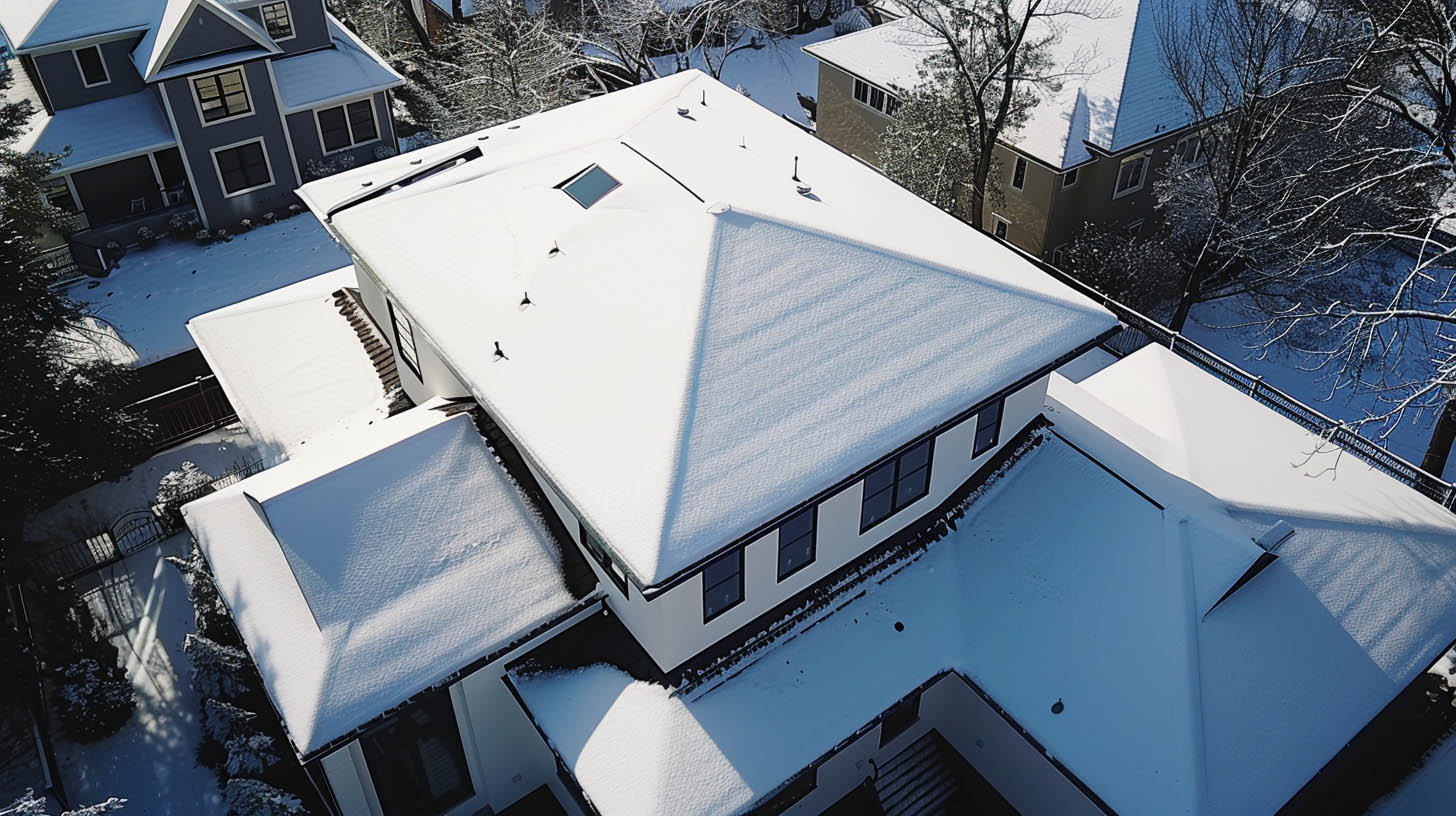Introduction
As roofing technology progresses, the choice of materials for effective cold-weather protection has become paramount. Self-adhered membrane systems represent a significant evolution in roofing solutions, offering substantial benefits over traditional materials, particularly in harsh winter climates. This article explores the scientific basis and practical advantages of cold-weather self-adhered membranes, providing a guide to their selection and application.
The Science of Cold-Weather Roofing
Understanding Self-Adhered Membranes
Self-adhered roofing membranes are engineered for optimal performance in cold environments. These membranes combine Styrene-Butadiene-Styrene (SBS) modified asphalt with a robust polyester reinforcing mat, ensuring flexibility and strong adhesion even at low temperatures. Unlike traditional roofing materials that can become brittle and crack in the cold, these membranes maintain their integrity, providing reliable, long-term protection.
Benefits of Advanced Materials
The key to the effectiveness of self-adhered membranes lies in their composition. The SBS modified asphalt is designed to remain pliable and adhesive, resisting the common failures of traditional materials due to freezing temperatures. This adaptability prevents the common issues of cracking and leakage that are often exacerbated by winter conditions.
Installation Excellence and Performance
Simplified Installation Process
One of the most significant advantages of self-adhered membranes is their ease of installation. These systems do not require the use of torches, open flames, or additional adhesives, making them safer and quicker to install. This simplicity reduces labor costs and installation errors, a crucial factor when working under the unpredictable conditions of cold weather.
Durability in Harsh Conditions
Self-adhered membranes are specifically formulated to perform under severe weather stresses. They are resistant to wind lift and can handle the thermal cycling typical of cold climates without losing their adhesive qualities. This resilience ensures that the roof’s integrity is maintained, minimizing the risk of water ingress and associated damage.
Choosing the Right Membrane for Cold Weather
Criteria for Selection
When selecting a cold-weather roofing membrane, consider the specific challenges of your climate and building design. Factors such as wind exposure, temperature fluctuations, and building height should influence the choice of membrane to ensure optimal performance and durability.
Summit Exteriors’ Expertise
At Summit Exteriors in Coeur d'Alene, ID, we leverage our extensive experience and knowledge to recommend the most suitable roofing solutions. Our commitment to using only the highest quality materials aligns with our dedication to excellence in every project we undertake, ensuring that our clients receive the best possible outcomes.
Conclusion
The adoption of cold-weather self-adhered membranes is more than a trend—it is a forward-thinking choice for property owners seeking reliability and efficiency in their roofing systems. These membranes offer superior protection, ease of installation, and long-term cost savings, making them an ideal choice for combating the challenges of cold climates. As industry leaders, Summit Exteriors remains committed to innovating and applying the best roofing technologies, ensuring that each roof is a testament to durability and professional integrity.



